|
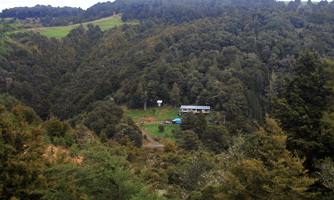 |
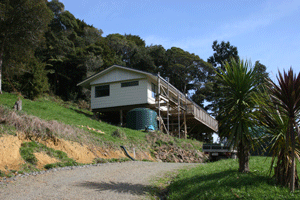 |
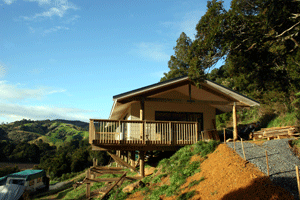 |
|
My new home sits at
the lower end of sixteen acres (6.6 Hectares) of mostly bush
clad land which is part of a subdivision of eleven blocks cut off
the back of a farm where it dropped steeply down the side of a small
valley. This photograph is taken looking across the valley from a
neighbouring farm. You see a glimpse of the road forming my front
boundary and the bush extending through the top right-hand side of
the picture. The property was purchased as a family trust at the
beginning of 2006 and I moved into the house in July 2009 |
The house from the driveway with
scaffolding still in place waiting for me to get around to painting
the exterior. Rain water is collected as the hot water supply while
fresh cold water is piped down from a natural spring.
|
There is a generous area of decking
opening off the front and side of the lounge with the meeting-house
style roof extension sheltering the front entrance and providing
permanent barbecue shelter.
I lived through four winters in the mobile home parked at the top of
the drive. It was a shock to discover that despite being in the
“winterless north” this wee valley has some quite heavy frosts. That
is now taken care of with double glazing and a log fire |
|
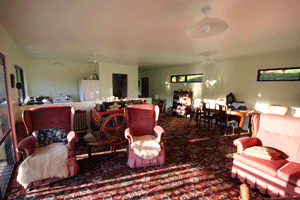 |
 |
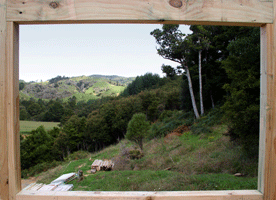 |
|
Morning light streaming into the lounge.
The kitchen is in the same room and has a large walk-in pantry |
The computer room |
The view from the computer room window during
construction |
|
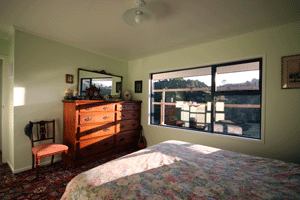 |
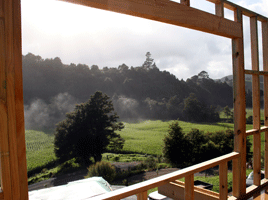 |
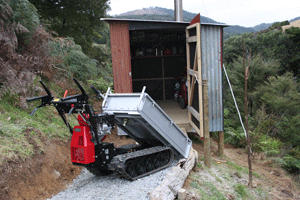 |
|
The bedroom |
Bedroom view looking down the river flats. They
are subject to flooding during heavy rain and will never be built on
so privacy is ensured |
Honda motorised carrier that will carry half a
ton on the flat and is capable of getting up and down very steep
slopes. It is otherwise known as my motorised Zimmer Frame |
|
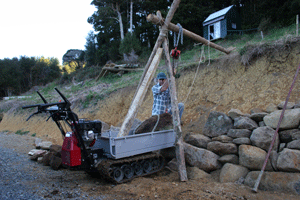 |
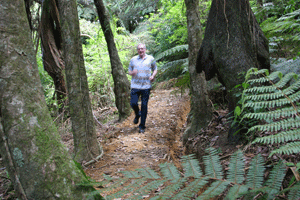 |
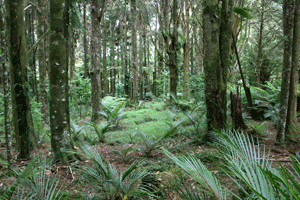 |
|
I used the carrier to bring retaining wall rocks
down from the top of the property and a chain block to lift them
into place. The machine is invaluable for collecting firewood |
Forming tracks has been a challenge and great
fun.
Constant possum trapping over four years has made an appreciable
difference to the health of the bush. |
Prior to 2006 cattle grazed beneath the trees but
now in their absence undergrowth is rapidly regenerating. Nikau
palms and various ferns predominate in this particular area where
the trees are mainly totara, rewarewa and rimu with just a few
kauris. For some reason the steeper places have a greater variety of
species. There are probably few trees older than 100 years due to
pioneer logging for timber or destruction by the devastating
Puhipuhi forest fires about the turn of the century |
|
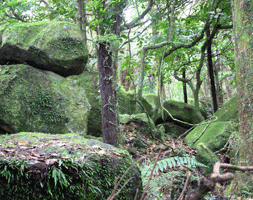 |
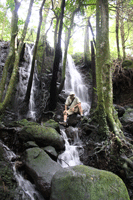 |
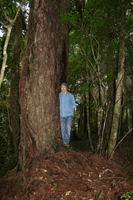 |
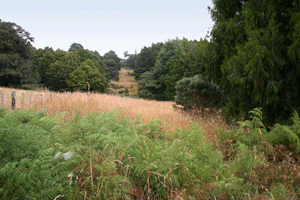 |
|
Just beyond the northern boundary kohekohe trees
and native liana passion fruit vines grow among these large basalt
boulders. This neighbouring waterfall is spectacular during heavy
rain |
Large rimu
|
Looking to the top corner from about half-way up
the southern boundary fence. I am encouraging this strip of pasture
to revert to bush. There is some gorse to contend with but
blackberry is the main menace though it does make wonderfully tasty
jelly |
|
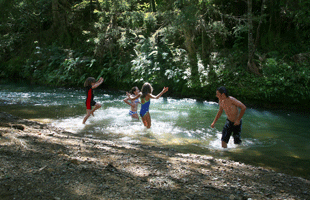 |
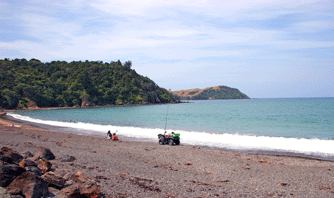 |
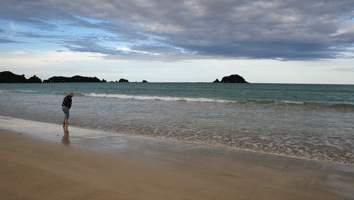 |
|
The Kaimamaku stream winding down the valley
affords many beautiful places for grandchildren to play. Trout
fishing occurs and there are eels and fresh water crayfish for the
taking. At night there are myriad glow worms on the ferny banks |
The east coast has lovely places to visit with
the nearest being Helena Bay just fifteen minutes drive away |
Mimiwhangata is an extensive Department of
Conservation park a bit further down the coast |
|
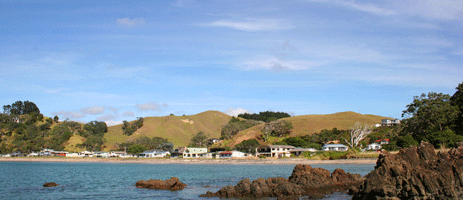 |
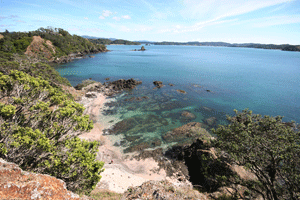 |
|
To the north is Oakura Beach |
Whangaruru Harbour |
|
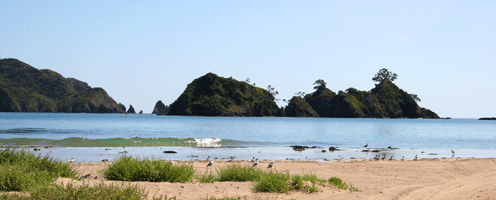 |
 |
|
Bland Bay |
Taupiri Bay |